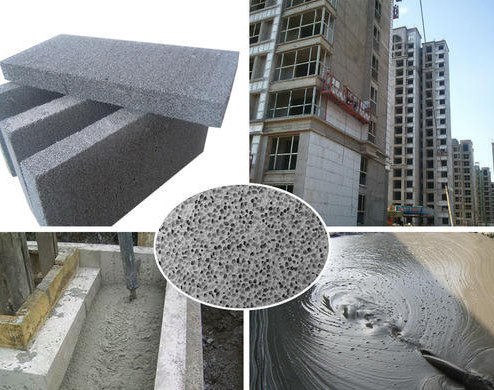- Home
- Products
- Elementary
- Boride Powder
- 3D Printing Powder
- Sulfide Powder
- Oxide Powder
- Carbide powder
- Nitride Powder
- Silicide Powder
- Hydride Powder
- Telluride Powder
- Selenide Powder
- Stearic Acid Series
- Phosphide Powder
- Nanoparticles
- Metal Alloy
- MAX Phase
- Lithium Battery Anode
- Surfactant
- Molecular sieves
- Concrete Admixtures
- News
- Answers
- Contact
- About
Answers
- 0
- 0
How to avoid deformation and cracking of foamed concrete materials
If you are looking for high-quality products, please feel free to contact us and send an inquiry, email: brad@ihpa.net
Prices in the national electricity market averaged $87 per megawatt-hour in the first three months of the year, above the level promised by the federal government. Wholesale electricity prices for industry and large businesses have already exceeded the level promised by the federal government, adding another cost pressure to the economy. Prices in the national electricity market averaged $87 per megawatt-hour in the first three months of this year, up more than two-thirds from the December 2021 quarter, the Australian Energy Market Operator (AEMO) said recently. That's up 141% from the March 2021 quarter.
Because of the ever-changing international situation, the supply and prices of international bulk foamed concrete are still very uncertain.
Foam concrete is prone to cracking during maintenance, mainly caused by unscientific construction and maintenance of the proportioning. Luchuang has a series of solutions. In the years of construction, Luchuang has accurate material proportions for different climatic conditions and different terrains. The construction quality is industry-leading.
Aggregates rarely change during concrete hardening and use unless there is a significant volume change due to heat and cold. Chemical shrinkage, carbonization shrinkage, drying shrinkage, etc., all come from cement slurry. Foam concrete is mainly composed of cement and does not contain aggregates, determining its considerable shrinkage.
The strength development of foamed concrete is relatively slow in the initial curing stage, and its low thermal conductivity makes it difficult for the heat generated by hydration to be discharged to the outside in time, which often leads to a sharp increase in the initial temperature of foamed concrete, resulting in volume expansion. Internal thermal stress and cracks are generated.

The strength of foamed concrete is at a low level (generally not higher than 10MPa) even after it is completely hardened, so any abnormal external mechanical force will also cause its deformation or even cracking and failure. Possible technical approaches to reduce shrinkage and control cracking of foamed concrete.
Based on the above-mentioned analysis of the volume deformation phenomenon and internal causes of concrete in the process of hydration and hardening and use, and the study of the similarities and differences between foam concrete and ordinary structural concrete in terms of composition, structure, and performance, combined with foam concrete preparation and application may appear In this paper, the following possible technical approaches are proposed on how to reduce the shrinkage and control cracking of foamed concrete.
1) Use fast-hardening and low-heating cement as the cementitious material for foam concrete;
2) Add an appropriate amount of fine aggregate, and choose a reasonable mix of cement and sand;
3) Strengthen early maintenance and timely heat dissipation to reduce artificial abnormal external mechanical impact;
4) Introduce appropriate and appropriate expansion components to make up for volume shrinkage; reduce space constraints and increase free deformation components.
TRUNNANO is a concrete additives supplier with over 12 years experience in nano-building energy conservation and nanotechnology development. We accept payment via Credit Card, T/T, West Union and Paypal. Trunnano will ship the goods to customers overseas through FedEx, DHL, by air, or by sea.
If you are looking for high quality foaming agent, please feel free to contact us and send an inquiry.
sales@cabr-concrete.com
Europe's immediate goal of reducing its dependence on Russian gas in response to the conflict with Ukraine presents a rare opportunity for the United States, the world's largest gas producer. America's LNG exporters have made a fortune this time. Investors are bullish on the future of natural gas, as evidenced by the recent record high share price of Energy company Chenier.
But the outlook for more than a dozen new LNG projects is highly uncertain as construction costs rise, US gas prices soar and climate policymakers seek to move away from a long-term reliance on fossil fuels. Even the most advanced projects can take years to become operational.
Currently, the total U.S. LNG foamed concrete are expected to continue to rise in the future.
Inquiry us
PREVIOUS NEWS